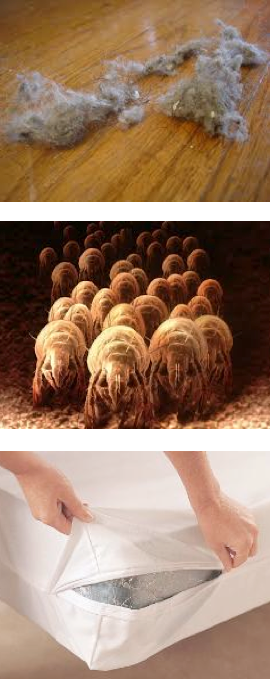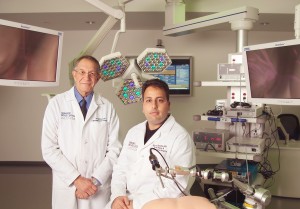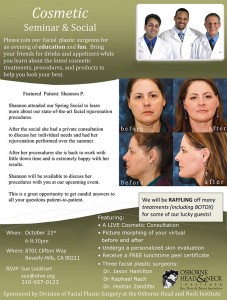- New Sublingual Allergy Tablets - October 31, 2014
- Ground-breaking New Treatment Option for Sleep Apnea - September 27, 2014
- Allergies versus Viruses in Children - September 27, 2014
- “Dog Dust” Protects Children from Allergies - September 27, 2014
- Nasal Saline Irrigation - August 8, 2014
- Doctor, I am Allergic to Dust. What Can I do? - July 31, 2014
- Infants Exposed to Dust Mites Less Likely to Develop Allergies - June 23, 2014
- How to Treat a Young Child’s Cough - December 17, 2013
- Many Parents are Unaware That Their Children Are at Risk for Noise Induced Hearing Loss - December 9, 2013
- Is it a Cold or an Ear Infection? - December 9, 2013
 If you develop stuffy nose, sneezing, or itchy eyes when you are exposed to dust, you are likely allergic to things in the dust such as pet dander, molds, cockroach or dust mites. Dust mites are small microscopic insects that eat shed skin. They are often found in matrasses, pillows, carpeting, sofas and stuffed animals. They can number into the hundreds or thousands in 1 gram of dust.
If you develop stuffy nose, sneezing, or itchy eyes when you are exposed to dust, you are likely allergic to things in the dust such as pet dander, molds, cockroach or dust mites. Dust mites are small microscopic insects that eat shed skin. They are often found in matrasses, pillows, carpeting, sofas and stuffed animals. They can number into the hundreds or thousands in 1 gram of dust.
Dust mites can cause significant allergy symptoms because you are exposed to them for prolonged periods of time during sleep. Exposure during childhood has been associated as a risk factor for development of asthma.
Allergy testing can confirm what substances you are allergic to.
Treatment for dust mite allergies included reducing exposure, nasal steroid sprays, oral and nasal antihistamines, as well as sublingual immune therapy.
Implementing environmental controls is very important in controlling dust mite allergy symptoms.
- Encase mattresses and pillows in dust mite allergy proof mattress and pillow covers.
- Wash sheets in hot water once a week.
- Remove carpeting if possible.
- Wear a mask while cleaning. Use a vacuum with a HEPA filter. Dust can stay up in the air for up to 2 hours after cleaning so avoid recently cleaned areas until dust settles.
- Keep humidity below 55% as dust mites thrive in warmth and humidity. Do not use a vaporizer or humidifier. Check for water leaks.
- Change the air filter in the furnace and air conditioning unit at least every 3 months.



